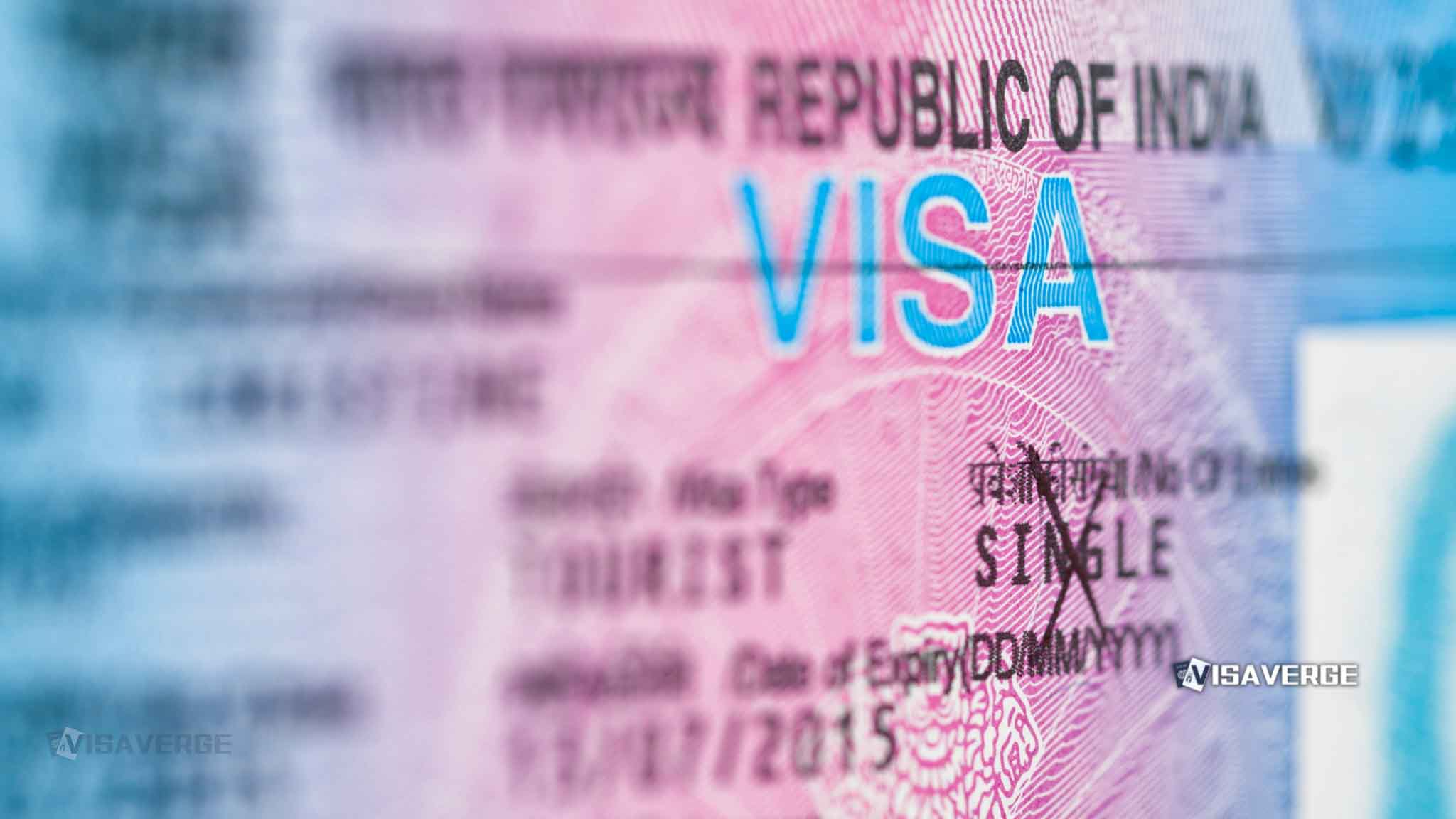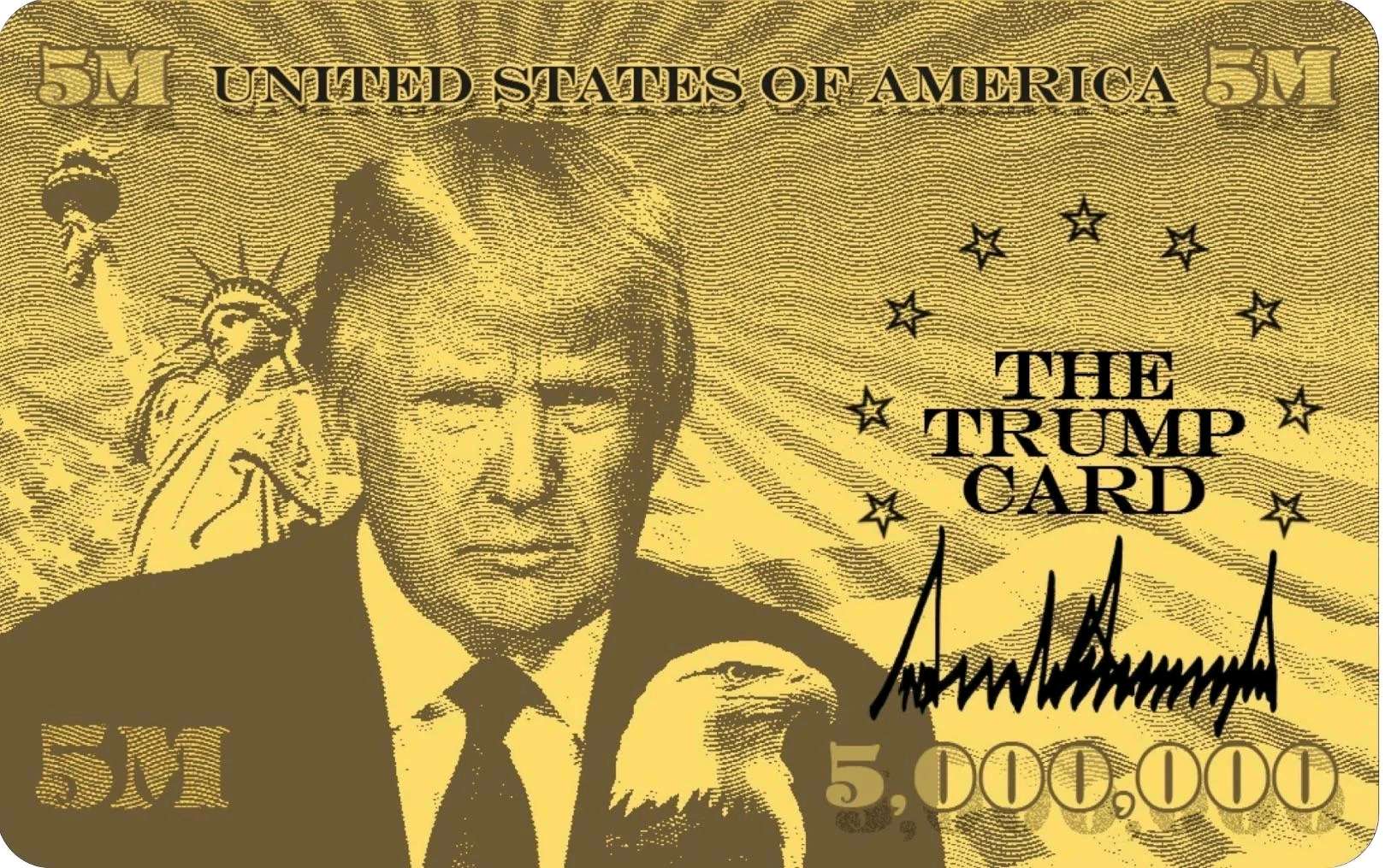(NEW DELHI) US visitor visa interview waits in India have eased, but they remain among the world’s longest, the U.S. State Department’s July 29, 2025 update shows. Average B1/B2 waits dropped in several cities, including New Delhi, yet many travelers still face months before an interview slot.
What the latest numbers show

According to the July 29 dataset and independent summaries, average B1/B2 waits range roughly from about 3 months in Mumbai and Hyderabad to around 8.5 months in Chennai, with New Delhi near 4.5 months and Kolkata about 6 months.
Analysts say some cities, including New Delhi, have seen waits fall by up to about 50% since early 2025, but India still trails many posts worldwide.
Indian media using the same data report marginal progress since spring, echoing comments that more slots are opening. Still, travelers booking a US visitor visa today should plan for a wait measured in months, not weeks.
Average wait vs. next available appointment
Two numbers now appear on the State Department’s site for B1/B2 in markets with long queues:
- Next available appointment — the earliest slot you can book today.
- Average time applicants actually waited last month — reflects time from fee payment to interview for those who finished last month.
Because consulates add slots often and allow rescheduling, your actual wait can be shorter if you grab a newly released date.
Definitions and monthly figures appear on the State Department’s Global Visa Wait Times page.
India’s trajectory and relative position
Industry trackers, including BAL, note a clear drop in India’s averages between late 2024 and mid‑2025, helped by staffing and scheduling shifts.
- An April snapshot showed roughly 140–156 days in Hyderabad, Mumbai, and Delhi, but about 407 days in Chennai.
- By late July, waits improved in every city, yet India still ranks among the slowest global markets for a US visitor visa interview.
- According to analysis by VisaVerge.com, Chennai remains the outlier while New Delhi, Mumbai, and Hyderabad show steadier gains.
Policy changes shaping the queue
- Interview waivers tightened. In 2025, eligibility for the “drop box” shifted back to renewals in the same class where the prior visa is still valid or expired within 12 months. Those who no longer qualify must book in‑person interviews.
-
End of most interview waivers for renewals. A late‑July 2025 communication indicates in‑person interviews will be required for most nonimmigrant categories (H, L, O, P, Q, F, M, J), with limited exceptions. This will add pressure to B1/B2 calendars into late 2025.
-
New transparency. On July 29, the State Department began showing average wait times (when next available exceeds three months) to give a clearer picture of how long people actually waited.
Key takeaway: stricter waiver rules plus broader reporting of average waits means more visible—and in many cases longer—processing timelines for applicants.
How to book smart — and possibly sooner
If you need a US visitor visa, follow these steps and keep checking for better dates.
- Complete DS-160 and pick your consular post. Use the official online form on Travel.State.Gov.
- Pay the MRV fee through the appointment system linked from your post’s page; fees are typically not transferable across countries.
- Book the earliest date shown, then monitor the calendar often for newly released slots.
- If you see a better date, reschedule within your post’s limits.
- If you qualify for an interview waiver under the stricter same‑class, 12‑month rule, follow those instructions; otherwise prepare for biometrics and the in‑person interview.
Remember: scheduling calendars usually open only after you submit DS-160 and the system records your payment.
Considering third‑country posts
Many applicants from India book faster B1/B2 interviews in nearby countries, especially Gulf and Southeast Asian posts. This can cut the wait, but note:
- You must follow the other post’s rules and appear in person there.
- Budget for travel and any additional costs.
- MRV fees are generally not transferable across countries, so choose carefully before you pay.
A New Delhi example
A small business owner in New Delhi submits DS-160 and pays the fee. The next available date shows four months out, consistent with Delhi’s average of about 4.5 months. She books it.
A week later she checks early in the morning and finds a newly opened slot two months sooner. She reschedules within the allowed limit and travels earlier.
Other developments to watch in 2025
- Student policy watch: reports suggest the Department of Homeland Security may propose fixed‑term limits for F‑1 and J‑1, replacing “duration of status,” after White House review. If proposed, it would go through public comment and wouldn’t take effect right away.
-
Fee chatter: some outlets discuss a possible $250 “Visa Integrity Fee” and other surcharges. Timelines and refunds differ across reports; rely on official fee notices before you pay more.
-
Green card backlogs: the August 2025 Visa Bulletin shows continued pressure in several family and employment categories, with EB‑5 moving faster for India. This does not affect B1/B2 interviews but shapes overall consular workload.
What it means for travelers and employers
Families planning weddings or graduations, retirees visiting children, and small firms sending staff for meetings all feel these waits. Airlines and hotels feel the drag.
Employers should:
- Plan trips with multi‑month lead time.
- Expect in‑person interviews as drop box use narrows.
- Consider backup plans such as remote meetings if dates slip.
Community groups helping elderly parents should set expectations early to avoid last‑minute stress.
Action checklist
- Compare your post’s figures on the State Department’s Global Visa Wait Times page each month and check the portal often for new slots.
- Decide whether to wait in India or seek a third‑country appointment where dates are earlier; make sure you can travel and follow that post’s rules.
- If renewing, confirm strict interview‑waiver eligibility: same class, and prior visa still valid or expired within 12 months.
- Prepare documents early: DS-160 confirmation, fee receipt, itinerary, proof of strong ties, and any prior visas.
- For employers, set internal travel policies that reflect current waits and consider backup plans, including remote meetings if dates slip.
Official resources
- Check wait times on the State Department’s Global Visa Wait Times page.
- File the DS-160 on the official form.
This Article in a Nutshell
July 29, 2025 State Department data show Indian B1/B2 waits eased but remain long; Chennai near 8.5 months, Mumbai and Hyderabad about three months, New Delhi 4.5 months. Stricter interview-waiver rules and added reporting mean applicants must plan months ahead, monitor calendars, and consider third-country appointments to shorten waits.













